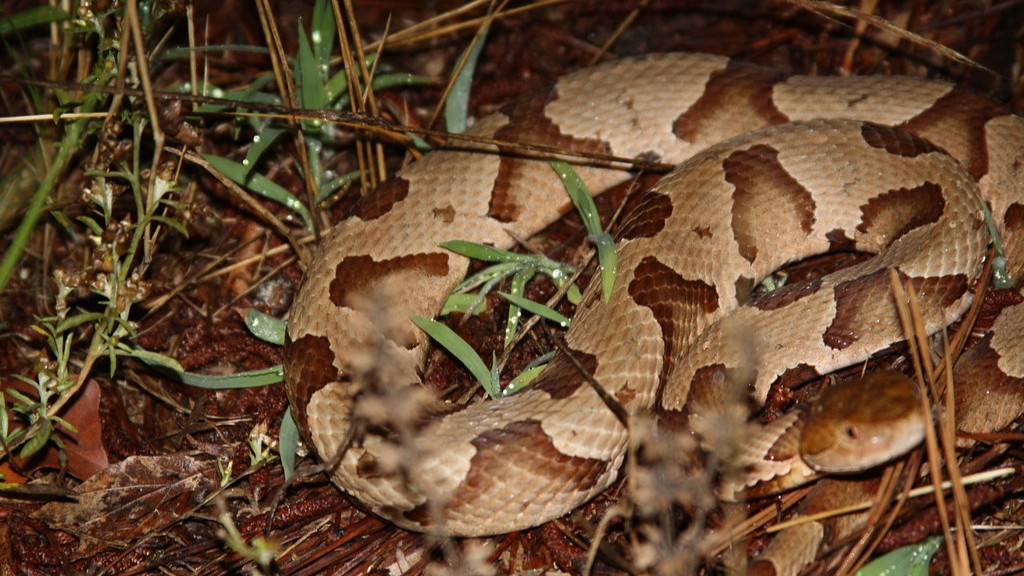Can a Rattlesnake Bite You After It’s Dead?
When dealing with venomous snakes, such as rattlesnakes, one of the most pressing concerns is their ability to bite and inject potentially lethal venom into unsuspecting victims. It is a widely held belief that once a rattlesnake is dead, there is no longer any danger of being bitten. However, this article aims to delve deeper into the question of whether a rattlesnake can indeed bite after its demise, exploring both scientific research and anecdotal evidence to provide a comprehensive understanding of this intriguing topic.
Understanding Rattlesnake Venom and its Effects
Before we can address the question at hand, it is essential to grasp the nature of rattlesnake venom and the consequences it can have on the human body. Rattlesnake bites are a serious medical emergency due to the potent cocktail of toxins contained in their venom. These toxins can lead to tissue damage, disrupt blood clotting, and cause neurotoxic effects, among other deleterious consequences.
Rattlesnake venom is primarily composed of enzymes, peptides, and proteins that work in synergy to immobilize and digest their prey. These compounds can exert various biological activities, affecting the cardiovascular system, nervous system, and immune system of the envenomated organism.
The Anatomy of a Rattlesnake Bite
In order to assess whether a rattlesnake can inflict a bite after death, it is crucial to understand the mechanics of their fangs and biting process. Rattlesnakes possess a specialized apparatus for venom delivery: hollow, retractable fangs that are connected to venom glands.
When a rattlesnake bites, it actively injects venom into its prey or perceived threat by channeling venom from the gland through the hollow fangs and into the wound. This venom delivery mechanism requires the coordinated contraction of muscles surrounding the venom gland and movement of the fangs.
Anecdotal Evidence and Observations
Anecdotal evidence suggests that, in some rare cases, a deceased rattlesnake may still deliver a bite. Numerous reports claim that individuals who were handling or attempting to dispose of a dead rattlesnake experienced a so-called “post-mortem bite.”
One such account comes from a snake expert who encountered this phenomenon while handling a recently deceased rattlesnake. Even though the snake’s head was severed from the body, the jaws clamped onto the expert’s arm, leaving behind puncture marks and causing pain.
While these anecdotes support the notion that dead rattlesnakes can bite, it is important to consider the limitations of such observations, as they may involve extenuating circumstances or unconventional situations.
Scientific Investigations
Scientific research concerning the ability of a dead rattlesnake to bite is limited. However, a pioneering study conducted by Taylor and colleagues in 1985 sought to shed light on this phenomenon. The researchers carefully examined 57 rattlesnakes that had recently died.
Through their meticulous observations, they discovered that some dead rattlesnakes retained remarkable jaw reflexes. When external pressure was applied to the snakes’ severed heads, the jaws would snap shut, mimicking a biting motion. This behavior, known as the “bite reflex,” indicates that muscular contraction leading to biting can persist even after death.
Furthermore, Taylor and colleagues found that the bite reflex was more pronounced in snakes that had died more recently, suggesting that post-mortem biting activity may gradually decrease over time.
Implications and Practical Considerations
While the ability of a dead rattlesnake to bite is possible due to the bite reflex, it is important to note that the risk of being bitten by a deceased snake is exceedingly low and can be virtually eliminated by following appropriate safety protocols. The vast majority of rattlesnake bites occur when live snakes feel threatened or when humans unintentionally disturb them.
Nonetheless, it is crucial to exercise caution when handling any snake, dead or alive. Even though the venom glands of a dead rattlesnake are incapable of producing venom, bacteria and other pathogens on the fangs can still cause infection if the wounds are not promptly and properly cleaned.
Key Recommendations:
- Never handle a rattlesnake, dead or alive, unless you are a trained professional.
- If you encounter a dead rattlesnake, leave it undisturbed and alert the proper authorities for safe removal.
- If you must handle a dead rattlesnake, use protective gloves and tools to avoid direct contact with the fangs or wound sites.
- Seek immediate medical attention in the event of a snakebite, regardless of whether the snake is dead or alive. Prompt medical care is essential to minimize potential complications.
In conclusion, the ability of a rattlesnake to bite after death is a fascinating topic that has both scientific and anecdotal evidence to support its plausibility. While the bite reflex and observations of post-mortem biting exist, the chances of being bitten by a dead rattlesnake are minimal if proper safety procedures are followed.
Nonetheless, it is crucial to respect and be mindful of the potential dangers associated with venomous snakes. By exercising caution and adhering to recommended safety practices, individuals can minimize the risk of snakebite and ensure their own well-being when encountering these remarkable creatures.



